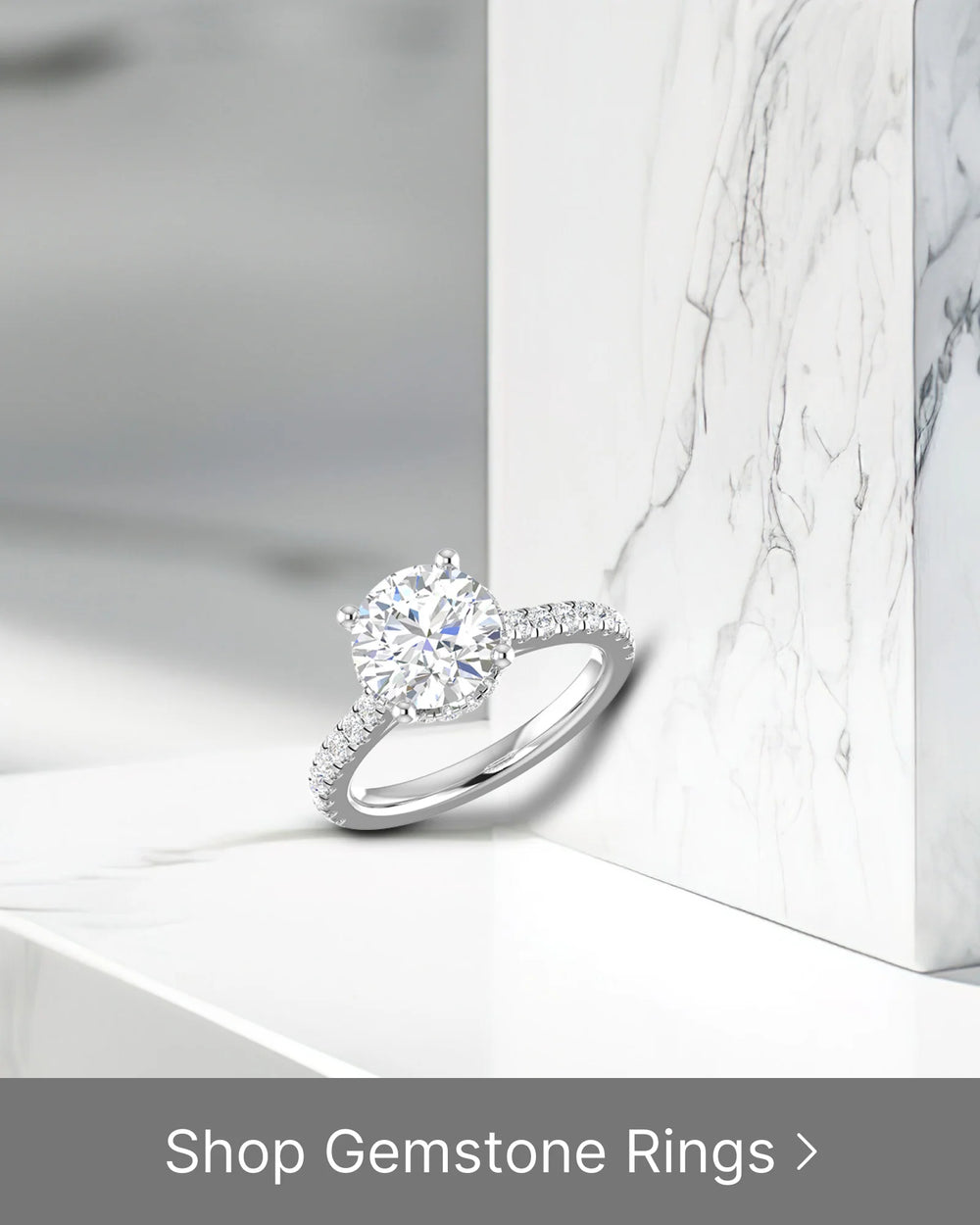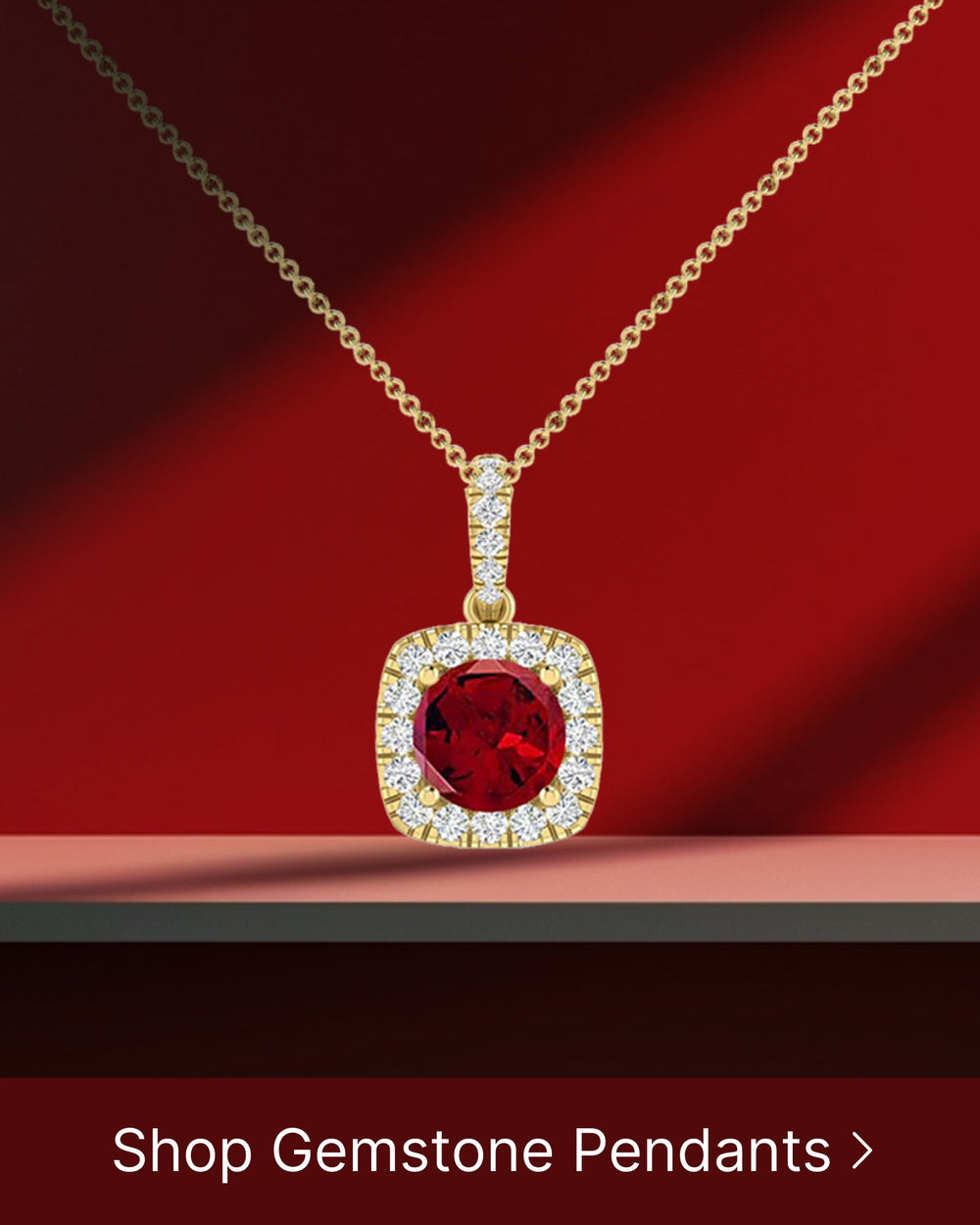Diamond jewelry holds a special place in various cultural traditions around the world. The symbolism of diamonds and their association with wealth, love, and power has made them highly prized throughout history. From engagement rings to religious artifacts, diamonds have played diverse roles in different cultures, reflecting unique beliefs and customs. Additionally, the process of creating diamond jewelry involves intricate craftsmanship and contributes to the global economy. However, it is also crucial to address the ethical considerations in the diamond industry. This article explores the significance of diamond jewelry in cultural traditions, delving into the symbolism, historical use, manufacturing process, economic impact, and ethical concerns associated with diamonds.
Understanding the Symbolism of Diamonds
Diamonds are more than just dazzling gemstones. They carry symbolic meanings that transcend their physical beauty. The significance of diamonds can be observed in various aspects of cultural traditions, including engagement and marriage rituals, religious practices, and status symbols.
The Role of Diamonds in Engagement and Marriage
In many cultures, diamonds are synonymous with love and commitment. They serve as a symbol of eternal devotion and are often featured in engagement rings. The brilliance and durability of diamonds mirror the unbreakable bond between two individuals embarking on a lifelong journey together.
When a person proposes with a diamond engagement ring, it signifies their intention to enter into a sacred union with their partner. The diamond's sparkle represents the sparkle of love and the promise of a bright future together. The clarity of the diamond reflects the clarity of the couple's commitment to one another.
Throughout history, diamonds have played a significant role in marriage rituals. In some cultures, the exchange of diamond rings during the wedding ceremony symbolizes the couple's commitment to each other and their promise to love and cherish one another for eternity. The diamond's strength and durability are seen as a reflection of the couple's ability to withstand the challenges and trials that may come their way.
Diamonds in Religious Practices
Religions across the world have incorporated diamonds into their sacred rituals. Diamonds symbolize purity, spiritual enlightenment, and divine connections. They are often used in religious artifacts, such as pendants, idols, or crowns, representing the divine presence and holiness.
In Hinduism, diamonds are associated with the third eye of Lord Shiva, representing wisdom and spiritual awakening. The diamond's ability to reflect light is seen as a metaphor for the divine light that shines within every individual. In Buddhism, diamonds are considered a symbol of the indestructible nature of the mind and its potential for enlightenment.
Furthermore, diamonds have been used in religious ceremonies as offerings to deities, signifying the devotee's devotion and reverence. The purity and brilliance of the diamond are believed to enhance the spiritual connection between the worshipper and the divine.
Diamonds as Status Symbols
Diamonds have long been associated with wealth, power, and social status. Throughout history, they have adorned the crowns, jewelry, and attire of royalty and aristocracy. Wearing diamond jewelry conveys sophistication, luxury, and the elevated position of the wearer within society.
In ancient civilizations, diamonds were reserved exclusively for the ruling class and were seen as a symbol of their authority and wealth. The larger and more exquisite the diamond, the higher the status of the individual who possessed it. Diamonds were often passed down as heirlooms, signifying the lineage and prestige of the family.
Even today, diamonds continue to be a status symbol. They are often associated with success and achievement, and wearing diamond jewelry is seen as a reflection of one's social standing and accomplishments. Diamonds are frequently worn by celebrities and public figures, further cementing their association with fame and fortune.
In conclusion, diamonds hold a profound symbolism that goes beyond their physical attributes. They represent love, commitment, purity, spirituality, and social status. Whether it is in engagement and marriage rituals, religious practices, or as status symbols, diamonds continue to captivate and inspire awe, making them one of the most cherished gemstones in the world.
The Historical Use of Diamond Jewelry in Different Cultures
For centuries, diamond jewelry has captivated various cultures across the globe. Each culture has integrated diamonds into its traditions in unique and meaningful ways.
Let's explore the fascinating historical use of diamond jewelry in different cultures.
Diamonds in Ancient Indian Traditions
In ancient India, diamonds held great religious and cultural significance. They were believed to possess mystical powers and were used in talismans and amulets to ward off evil spirits. Diamonds were also considered auspicious and were featured prominently in lavish jewelry worn by kings and queens.
Not only were diamonds a symbol of wealth and status, but they were also believed to bring good fortune and protect the wearer from harm. The intricate designs and craftsmanship of diamond jewelry in ancient India showcased the country's rich heritage and artistic prowess.
Moreover, diamonds were often associated with the Hindu deity, Shiva, who is considered the supreme god of destruction and transformation. The belief in the divine power of diamonds further elevated their significance in Indian traditions.
The Influence of Diamonds in European Royalty
In European history, diamonds played a pivotal role in the lives of royalty. They adorned royal crowns, scepters, and jewelry, symbolizing power and sovereignty. The association between diamonds and European royalty established the gemstone's reputation as a symbol of wealth and prestige that endures to this day.
During the Renaissance period, diamonds became highly sought after by European nobility. The intricate craftsmanship of diamond jewelry became a reflection of the opulence and refinement of the aristocracy. Diamonds were not only worn as adornments but also served as status symbols, showcasing the wealth and influence of the ruling class.
Furthermore, diamonds were often passed down through generations, becoming cherished family heirlooms. The stories and histories associated with these diamond pieces added an extra layer of significance and sentimental value.
Diamond Jewelry in African Cultures
Africa has a rich history of incorporating diamonds into cultural traditions. In certain African cultures, diamonds are believed to possess spiritual and healing properties. They are used in ceremonies and rituals, symbolizing prosperity, protection, and the connection between the physical and spiritual worlds.
In some African tribes, diamond jewelry is worn during important life events such as weddings, births, and coming-of-age ceremonies. The diamonds are believed to bring blessings and ensure a prosperous future for the wearer.
Moreover, diamonds hold a deep cultural significance in African folklore and mythology. They are often associated with powerful deities and ancestral spirits, representing their divine presence and guidance.
The craftsmanship of African diamond jewelry is known for its intricate patterns and symbolic designs. Each piece tells a story and carries the collective wisdom and heritage of the community.
As we delve into the historical use of diamond jewelry in different cultures, we discover a tapestry of beliefs, traditions, and artistic expressions. Diamonds have transcended time and borders, leaving an indelible mark on the cultural fabric of humanity.
The Process of Diamond Jewelry Making
The creation of diamond jewelry involves a meticulous process that goes beyond the gemstone's natural allure. From the journey of diamonds from mines to the art of cutting and polishing, the craftsmanship behind diamond jewelry contributes to its allure and value.
The Journey of a Diamond: From Mine to Jewelry
The extraction of diamonds begins in mines, where skilled workers employ various techniques to recover these precious gemstones from the earth. Once extracted, the rough diamonds undergo a series of processes, including sorting, grading, and cutting, to enhance their brilliance and shape them into the desired form for jewelry.
The Art of Diamond Cutting and Polishing
The art of diamond cutting and polishing requires exceptional skill and precision. Master craftsmen shape the rough diamonds, maximizing their brilliance and fire while preserving their carat weight. Each facet is meticulously faceted, allowing light to reflect and refract within the gemstone, creating its signature sparkle.
The Craftsmanship of Diamond Jewelry Design
Designing diamond jewelry involves an amalgamation of creativity, technical expertise, and attention to detail. Expert designers conceptualize unique pieces and collaborate with skilled artisans to bring their vision to life. The craftsmanship involved in setting diamonds into jewelry settings enhances their beauty and ensures their longevity.
The Economic Impact of Diamond Jewelry
Diamond jewelry holds economic significance on both a global and national level. The jewelry market's demand for diamonds drives economic growth and job creation, while diamonds themselves can significantly contribute to the economies of diamond-producing countries.
The Global Diamond Jewelry Market
The global diamond jewelry market is thriving, with a growing demand for high-quality diamonds. By offering a range of products, from engagement rings to luxury pieces, the market caters to various consumer preferences. The diamond jewelry industry generates billions of dollars in revenue annually, supporting businesses worldwide.
The Role of Diamonds in National Economies
In countries where diamonds are mined, the diamond industry plays a vital role in supporting the national economy. The revenue generated from diamond mining and trading contributes to infrastructure development, healthcare, education, and other essential sectors, helping to uplift communities and improve quality of life.
Ethical Considerations in the Diamond Industry
While diamonds bring economic benefits, it is important to address the ethical concerns associated with the diamond industry. Issues such as unfair labor practices, environmental impact, and the presence of conflict or blood diamonds require attention and concerted efforts to ensure responsible sourcing and ethical production.
In conclusion, diamond jewelry holds immense significance in cultural traditions across the globe. The symbolism, historical use, craftsmanship, economic impact, and ethical considerations associated with diamonds collectively shape their role in society. As we continue to appreciate the beauty and allure of diamond jewelry, it becomes crucial to foster an industry that combines innovation, creativity, and sustainability to ensure a positive impact on both cultural traditions and the world at large.





